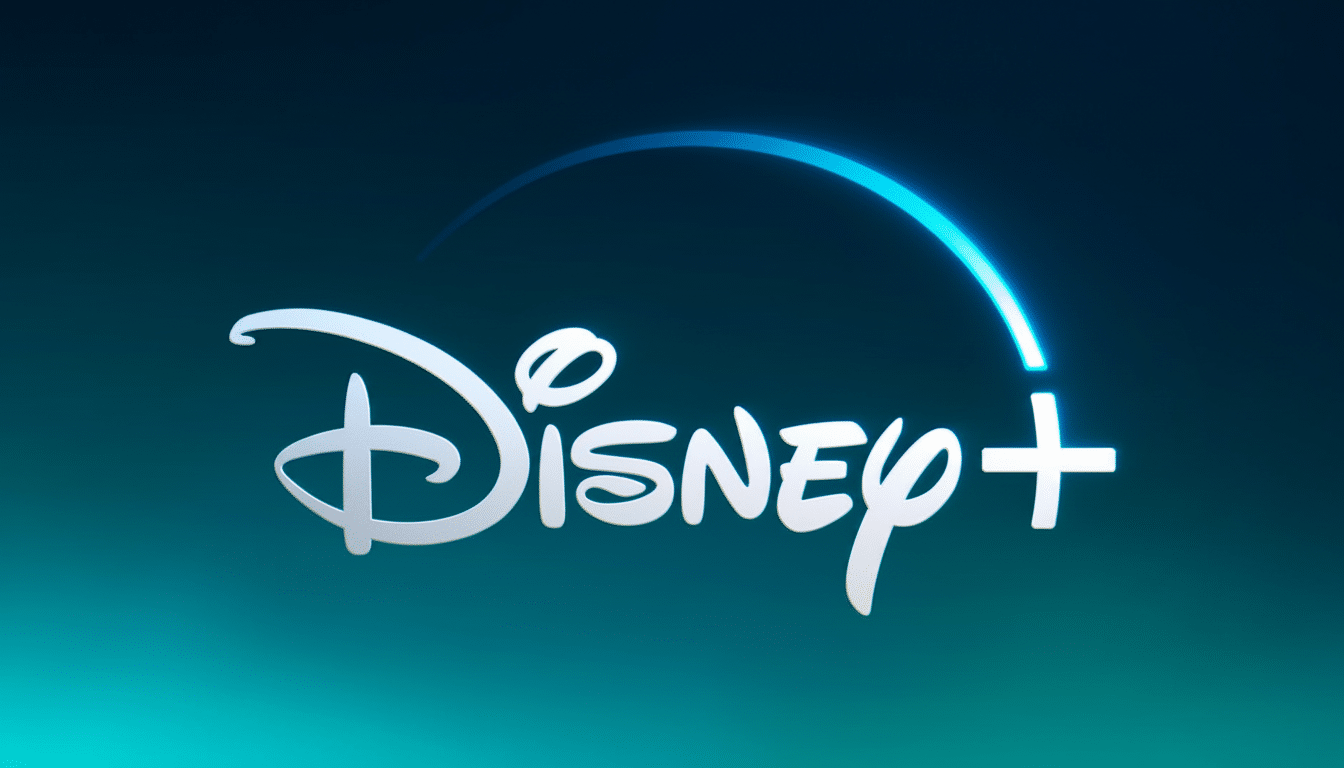Disney+ is increasing prices for its standalone services and some bundles — a move that’ll put it at the peak of the streaming price charts.
The hikes come as the company narrows its way to streaming profitability and doubles down on ad revenue, giving subscribers a more expensive calculus about what plan — or bundle — really works for them.

Here is a straightforward breakdown of the new rates, how the bundles work out, and where Disney+ now stands against competitors Netflix, Max, Peacock, Paramount+, and Prime Video.
New Disney+ monthly and annual rates explained
The Disney+ (ad-supported) plan jumps to $11.99 a month. That’s a significant increase for what was meant to be the “budget” choice, and it makes Disney+ the most expensive ad-supported option from any of the major streamers.
Disney+ Premium (ad-free) is now available for $18.99 a month. Indeed, the ramp-down rate if you pay annually (Premium’s tag blossoms to $189.99 a year) can still be attractive for longtime subscribers who wish to cushion the monthly hit — albeit that savings padding has thinned from previous years.
Bundle changes to remember for Disney+, Hulu, ESPN
Hulu + Disney+ (ad-supported) rises to $12.99 a month.
If you like the idea of ad-free Hulu but don’t mind commercials on Disney+, the ad-supported Hulu + Disney+ bundle is still $19.99 a month.
Deeper discounts: The Disney+, Hulu and ESPN Select bundles become steeper — the ad-supported version for $19.99 per month, while the “premium” — where you see neither ads on your Disney+ movies and shows but still ads on ESPN content — clicks to $29.99 a month.
For new subscribers or people already signed up for a legacy offering, Disney+ Premium, Hulu and ESPN Select (ad-free Disney+ only) can no longer be added to the plan. Current subscribers can hang onto that, but it’s going up to $24.99 under the terms of their current plan for as long as they don’t modify the service.
The Disney+, Hulu and ESPN Unlimited bundles are not affected. The ad-supported tier is still priced at $35.99 a month, the premium version at $44.99 a month.
There is also a package with Disney+, Hulu and Max (formerly HBO Max): the ad-supported version jumps to $19.99 per month, while the ad-free bundle goes up to $32.99 a month.

How Disney+ stacks up to Netflix, Max and more
At its new prices, Disney+ has the priciest ad-supported plan of any popular service at $11.99 per month. At $7.99 a month, Netflix, Peacock and Paramount+ all hold that price point; Max’s ad tier goes for $9.99; Prime Video without a full Prime membership is at $8.99.
On the ad-free front, Disney+ Premium weighs in at $18.99 per month and is one of the priciest options out there. Netflix’s ad-free plan costs $17.99, Max is $16.99, Paramount+ is $12.99, Peacock is available for $10.99 and Prime Video’s ad-free option runs for an additional fee of $11.98 when added on to a subscription at purchase time.
It’s worth flagging these pricing shifts at Hulu because many households treat Hulu and Disney+ as a package. Hulu’s ad-supported tier is now $11.99, on par with Disney+’s version with ads. Hulu’s ad-free plan remains $18.99.
Why streaming subscription prices keep climbing now
Disney has made no secret of its aim to turn its streaming business into a moneymaker over the long term. On recent earnings calls, executives have pointed to reduced content amortization, tighter programming slates and the growth of ad-supported subscribers as contributing toward average revenue per user. The company has also focused on tighter subscriber acquisition, focusing now more on higher-ARPU customers rather than driving sheer growth.
Industry data indicates that the market is shouldering these increases — to a certain extent. Antenna has observed spikes in churn after price hikes across various platforms, but many return once there is a must-watch title. Nielsen’s The Gauge still reflects streaming consuming a greater piece of total TV time, which gives platforms confidence people will reshuffle plans rather than abandon streaming altogether.
The bet with an ad-supported plan is especially crucial. Advertisers seek reach and frequency, across premium content, and Disney+ now has strong inventory along with Hulu. By making the floor price on ad tiers higher, Disney nudges more value out of both subscription and ad dollars even if some subscribers trade down or drop temporarily.
Smart steps to mitigate the hit from Disney+ increases
If you use both Disney+ and Hulu regularly, the two-service bundle package is often still cheaper than paying for each à la carte. Households that watch a lot of sports, especially major ones, should carefully consider whether the costlier Select or Unlimited bundle actually reflects their viewing habits; getting this wrong can cancel out any savings.
With annual billing on Disney+ Premium, there’s still a small discount compared with paying month to month. Another tactic: rotate. Many subscribers sign on only when marquee titles are released, a practice analysts say can substantially reduce yearly spend without missing headline shows and films.
The bottom line: Disney+ is now on the expensive end of the market for both ad prices and ad-free pricing. The consumer bundle and interbundle portability are workarounds for that, however, and Disney’s cross-bundle convenience combined with its content library may provide reason enough for those who are loyal to the service to pay the premium costs. Everyone else will want to compare bundles carefully — and consider timed subscriptions — in order to keep streaming expenses down.

